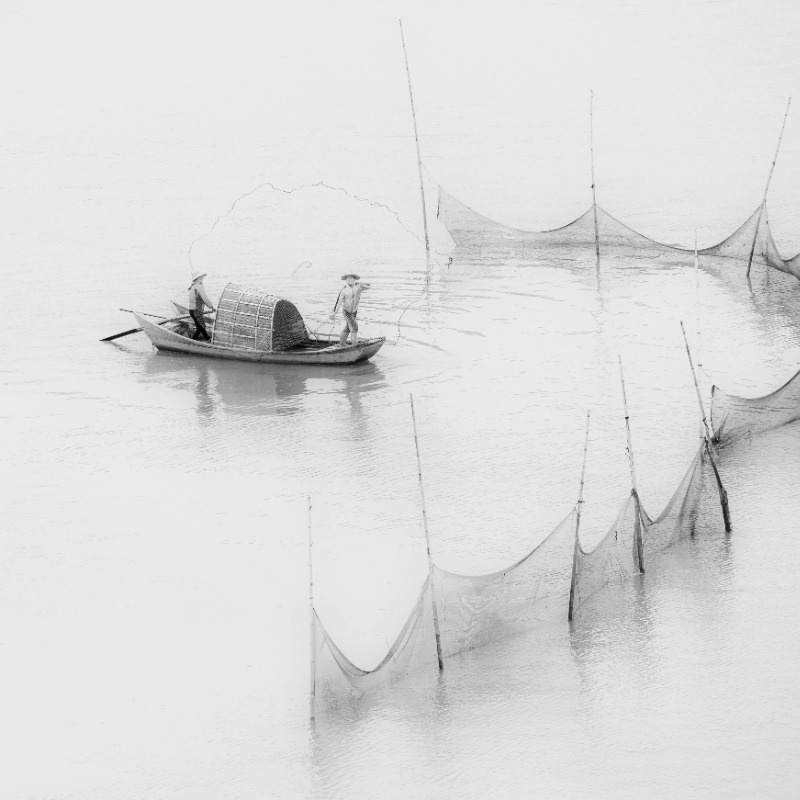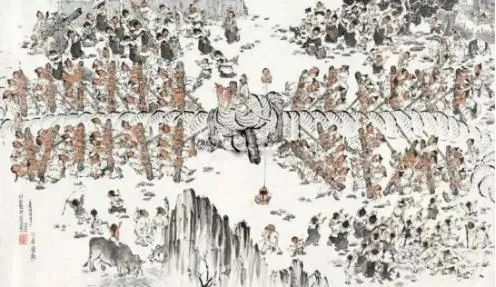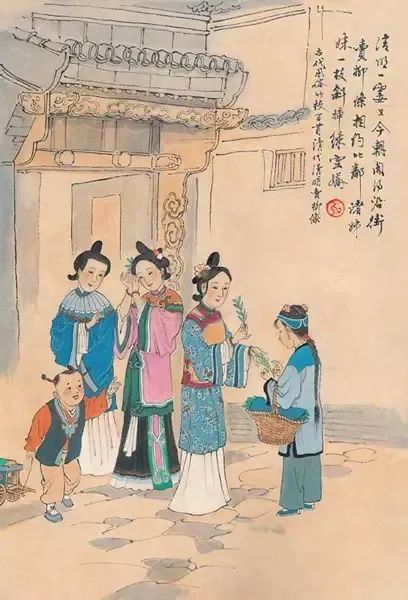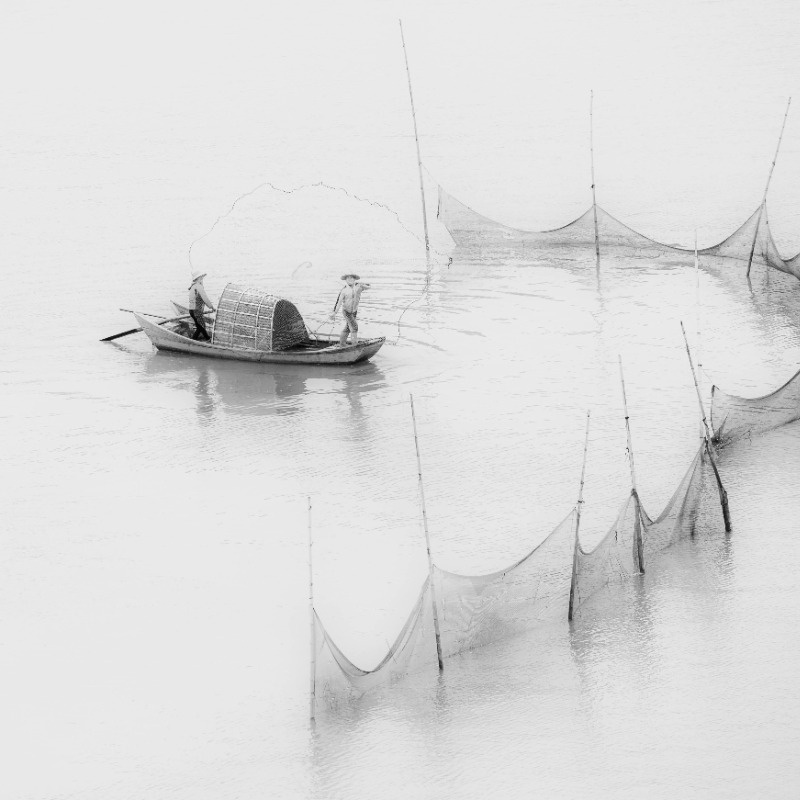

Developed from the worshipping of ancestors and spring customs in ancient times, the Qingming Festival, also known as the Tomb-Sweeping Day, is an important traditional festival in China and also the fifth of the 24 solar terms in the Chinese lunar calendar.
一年一度的清明假又将到来。清明,寓意“天清地明”,既是“二十四节气”之一,也是中国传统节日之一,源自上古时代的祖先信仰与春祭礼俗。

Wonder how the ancient people spend the Qingming Festival holidays? Let's continue to find out.
那么,在古代,人们是怎么过清明节的呢?

拔河 Playing Bahe(Tug of war)
Ancient Chinese also preferred playing tug of war, or Bahe in Chinese, during the Qingming Festival. Called “Qian'gou” or “Gouqiang” earlier, the game was invented by the Chu Kingdom to strengthen the physique of soldiers in the late Spring and Autumn Period and later was played as a game among the people.
古人在清明时节,还喜好拔河。早在春秋战国时期,就有拔河这项活动,不过在那时不叫拔河,而称为“牵钩”“钩强”。
《隋书·地理志》称:“故楚地南郡、襄阳一带有牵钩之戏,云从讲武所出。楚将伐吴,以为教战,流迁不改,习以相传。”可见,当时楚国为了进攻吴国,以牵钩这种运动来增强人民的体质,后演变为荆楚一带民间流行的“施钩之戏”。

A picture portrays people playing tug of war in ancient times. 古代绘画中的牵钩之戏
During the Tang Dynasty, the game was officially named Bahe and became a popular festive activity among commoners.
唐代,拔河活动较多,且进一步规范。
According to Fengshi wenjian ji(Master Feng's Records of Hearsay and Personal Experience), a collection written by the Tang period scholar Feng Yan, large-scale Bahe activity was held on the 15th day of the first lunar month which marked the Lantern Festival in China.
唐学者封演所著的《封氏闻见记》中有记载:“拔河,古谓之牵钩,襄汉风俗,常以正月望日为之。”说明到了唐代,正式有了拔河之名,而且拔河已经成为广泛流行的“风俗”活动,民间通常在每年的农历正月十五举行盛大的拔河活动。
The book also mentioned that the imperial family of the Tang Dynasty also had a fondness for Bahe.
拔河活动不仅在唐代的民间流传,在皇宫中也有举行。
Emperor Xuanzong once held a large-scale tug of war during the Qingming Festival. Since then, the game had become a part of Qingming customs, carrying people's wishes for good harvests and health.
据史料记载,唐玄宗也曾在清明时举行大规模的拔河比赛,使得拔河成为清明习俗的一部分。在时值春耕春种的清明节举行拨河,还具有祈求丰收、强身健体的意味。

戴柳/插柳 Wearing or putting willow branches on gates
In ancient times, people would also wear willow branches or putting them on gates in the Qingming Festival.
古人在清明节时,还有插柳的习俗。
Willows sprout and turn green around the Qingming Festival. When people went outing, they would snap a branch of willow to wear on the head or place the branches on gates and front doors. People believed that this custom would ward off wandering evil spirits during Qingming.
清明节是杨柳发芽抽绿的时间,所以人们在踏青时多会顺手折下几枝柳条,或拿在手中把玩,或编成帽子戴在头上,或带回家插在门楣、屋檐上,以求辟邪和摆脱毒虫伤害。
The custom was practiced among ancient Chinese to commemorate Shen Nong, second of the mythical emperors in Chinese mythology who taught people how to do farm work. Also, influenced by Buddhism, people thought that willow could repel ghosts.
清明插柳习俗,一说是为了纪念“教民稼穑”的农事祖师神农氏,另一说法是受佛教观世音手持柳枝蘸水普度众生的影响,许多人认为柳条有驱鬼辟邪的作用。
Jia Sixie, in the Northern Wei Dynasty, once mentioned in his book Important Arts for the People's Walfare(Qimin yaoshu) that putting willow twigs at your door could keep ghosts away.
北魏贾思勰《齐民要术》中就曾写道:“取杨柳枝著户上,百鬼不入家。”

A picture depicting ladies buying willow branches, Qing Dynasty 中国古代风俗百图·清·卖柳条
For people in Guangdong, they were more used to wearing a branchlet of peach tree, instead of willow, on the head during the Qingming Festival, as peach wood also was believed to protect people from spectral evils, according to General History of Ruyuan County written during the reign of Emperor Kangxi in the Qing Dynasty.
广东人则更偏爱在清明时节戴桃叶。据成书于清康熙二年的《乳源县志》记载:“清明前十日,俗呼禁风,各戴桃叶于首。”可见清代时期,在广东的乳源县,桃树是春日常见的植物,县民们在清明前会将桃树叶戴在头上,含祈福辟邪之意。


Author: Yuan
Supervisor: Lv Yun
Editor: Lv Yun
Source: GZ-Maritimesilkroad (丝路云帆Silu Yunfan), official Wechat account of City Alliance for the Preservation and world Heritage Inscription of Maritime Silk Road Heritage